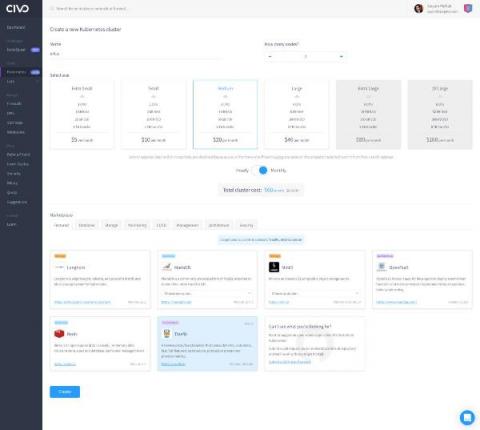Operations | Monitoring | ITSM | DevOps | Cloud
InfluxData
Notebook Concepts
Running InfluxDB 2.0 and Telegraf Using Docker
While the Docker buzz has faded a bit, replaced by new words like “Kubernetes” and “Serverless”, there is no arguing that Docker is the default toolchain for developers looking to get started with Linux containers, as it is fairly ubiquitous and tightly integrated with a variety of platforms.
Automating SSL Certificate Expiration Monitoring
In my previous work experience, monitoring certificate validation was critical to our team. These certificates were used to sign commercial transactions between the payment gateway (us) and other providers. That check was manual and depended on the calendar of one person. So, if that person forgets to notify the team about the upcoming expiration of one certificate and doesn’t start the procedure of getting the new one, well, the platform starts to fail.
Building a GitOps Workflow
InfluxData closes 2020 with exponential cloud growth, expanding user base, and big new customers
SAN FRANCISCO — January 14, 2021 — InfluxData, creator of the time series database InfluxDB, today announced significant growth in 2020 across its cloud business, open source user base, and major new customers. Demand for the time series platform continued to climb across industry sectors, especially for IoT and data streaming use cases.
InfluxDB IOx Tech Talks - January 2021 edition
Algorithmia ML Model Performance Visualization Made Easy with This InfluxDB Template
Measuring your machine learning model will help you understand how well your model is doing, how useful it is, and whether your model can perform better with more data. This is what Algorithmia Insights — a feature of Algorithmia Enterprise MLOps platform — does. Algorithmia platform accelerates your time to value for ML by delivering more models quickly and securely, as it is estimated that 85% of machine learning models never make it to production.
How Strivve is Helping Credit Card Issuers Capture Lost Revenue and Gain Visibility
“We all get our credit cards replaced a lot. Our online ecosystem is getting more complex with the number of accounts we have. We wanted to simplify that, and make it less complicated to get those cards back on file,” says Katherine Chavez, Director of Marketing for Strivve (formerly Switch, Inc.). Strivve is a startup that aims to take the pain out of updating credit and debit cards by automating the updating process.
How to Use InfluxDB with Its Python Client on Kubernetes
In this tutorial, we will discuss InfluxDB and its Python client. We will deploy InfluxDB inside a Kubernetes cluster and then use the InfluxDB Python client to send data to InfluxDB.










